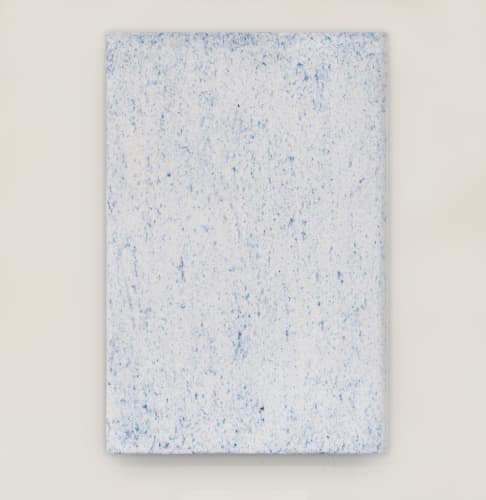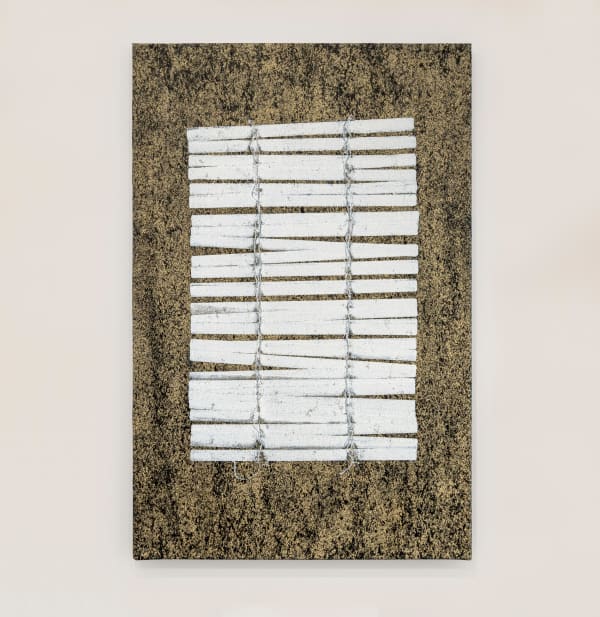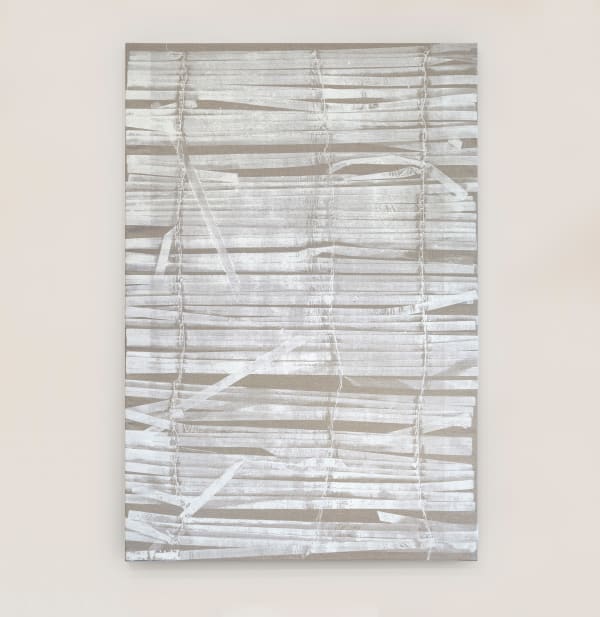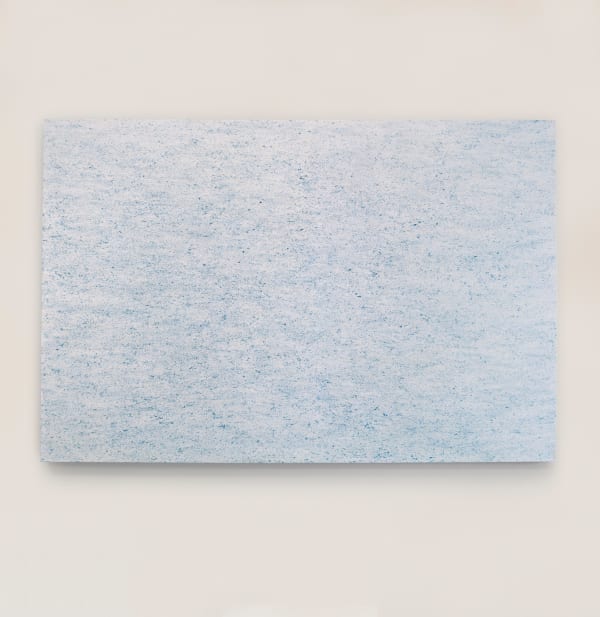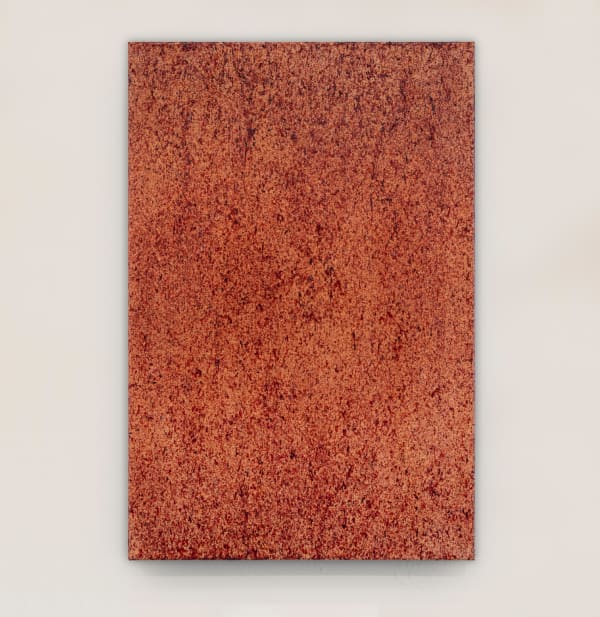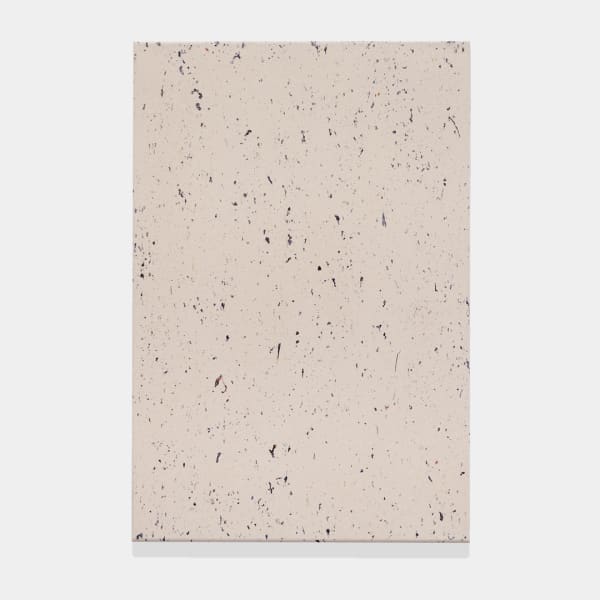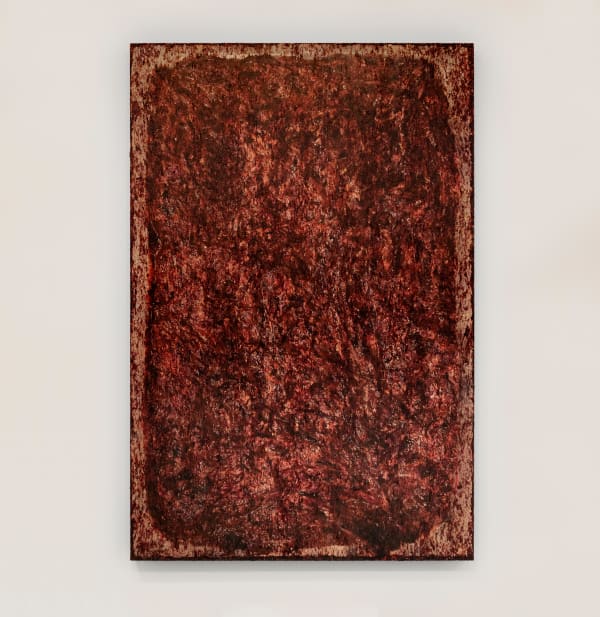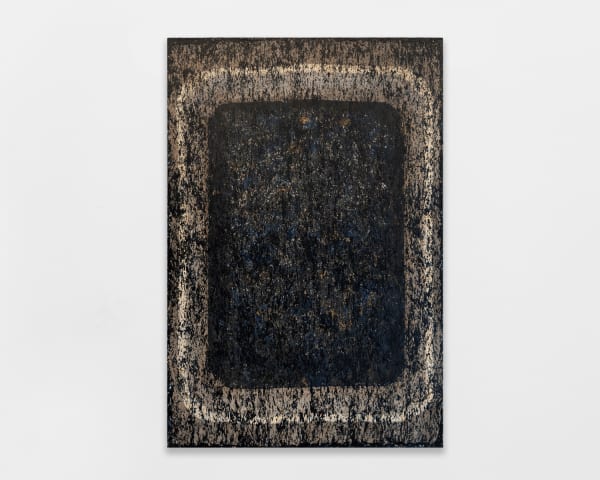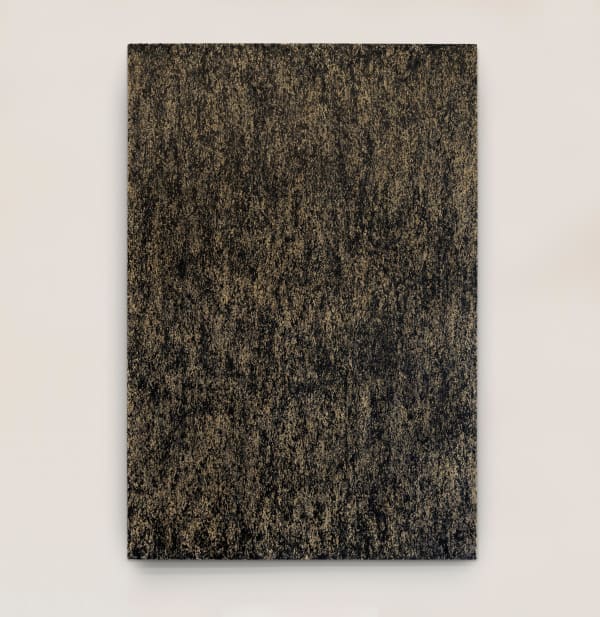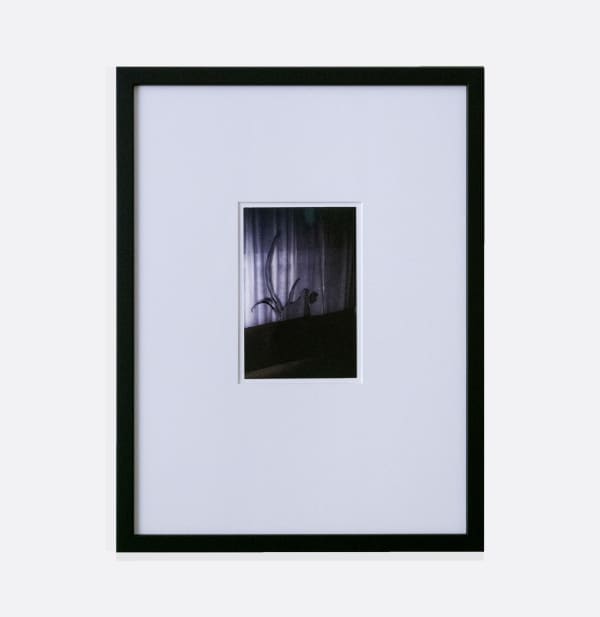Nicole Coson and Garrett Pruter I Picture House
Picture House revolves around the concept of memory. Memories are unstable, but also essential to navigating our future. Our decisions are based on our experiences, ideally guiding us into safe territories and away from harm. Our memories fluctuate between visibility and disappearance, a function where we, beyond the knowledge of something having happened, resist crystalising events into stable ones. The memories of these instead becomes dependent on the fluctuating mental states of their host. Trauma can soften over the years, just as bitterness can embed itself as resentment. Regardless of their interchangeability our memories are always there, ready to surface at the slightest of prompts.
Our memories can manifest themselves as the familiar and yet unsettling walls of green in Coson's Exeunt series or the overpowering sensation of unfulfilled expectancy in Pruter's Halloween video (Carpenter's original but with all violence edited out). We seek something recognisable, something we can hold on to, in their images, but are instead confronted with the unsettling sense of something 'almost' familiar. The mismatched pieces of memories also become a catalyst for a kind of awkwardness, where our routine won't serve as a guide anymore. The sensation of having lost something is manifest, but it is never quite apparent what exactly is missing. A moment of both loss and potential.
Coson produces a similar interchangeable sense of being outside or inside in her monotype prints which chart the gradual deterioration of window blinds, crumpling and changing after each use. Each monotype almost becomes an individual recall of the same memory, each similar, yet altered.
The different states of materiality in Pruter's work also highlight the mutability of memory and events. As Pruter scrapes the colour layer off c-prints, the original images are lost, but by pasting the colour and reapplying it on linen canvas a larger emotive surface replaces it, highlighting the original image's endless facets and potential readings. The feeling that every permutability of the original is presented is persuasive, yet also feels counterintuitive in the dense reformulation of the original image.
Erasing, liquifying and rematerializing images are all parts of Pruter's language and process, though it is never blind to how the experience of the work will always be different. Because at the core of both Coson and Pruter's practises is a desire to not only revisit and meditate on our past, but also to communicate with it and change it. This becomes even more directly apparent in Pruter's Summer Flowers, consisting of 30 reproductions of a t-shirt that became a totemic symbol of a failed relationship. Giving the classic 'boyfriend' t-shirt a new lease of life and identity by putting it into wider circulation, Pruter points to the direct and positive impact we can have on our memories and our selves. While we may not be in full control of our memories, we can manipulate them as well as they can change us. The exhibition at Brigade is Coson and Pruter's debut show in Scandinavia.
-
 Nicole Coson & Garrett PruterUntitled , 2021Oil and photo emulsion on canvas115 x 75 cm.
Nicole Coson & Garrett PruterUntitled , 2021Oil and photo emulsion on canvas115 x 75 cm. -
 Nicole Coson & Garrett PruterUntitled, 2021Oil and emulsion on canvas200 x 130 cm.
Nicole Coson & Garrett PruterUntitled, 2021Oil and emulsion on canvas200 x 130 cm. -
 Nicole Coson & Garrett PruterUntitled , 2021Oil and drawing ink on canvas145 x 100 cm.
Nicole Coson & Garrett PruterUntitled , 2021Oil and drawing ink on canvas145 x 100 cm. -
 Nicole CosonUntitled, 2021Oil on canvas145 x 100 cm.
Nicole CosonUntitled, 2021Oil on canvas145 x 100 cm. -
 Garrett Pruter500 Photos of Skies, 2021Photo emulsion on canvas160 x 240 cm.
Garrett Pruter500 Photos of Skies, 2021Photo emulsion on canvas160 x 240 cm. -
 Nicole CosonUntitled , 2021Oil on canvas145 x 100 cm.
Nicole CosonUntitled , 2021Oil on canvas145 x 100 cm. -
 Nicole CosonUntitled , 2021Oil on canvas160 x 130 cm.
Nicole CosonUntitled , 2021Oil on canvas160 x 130 cm. -
 Nicole CosonUntitled , 2021Oil on canvas160 x 130 cm.
Nicole CosonUntitled , 2021Oil on canvas160 x 130 cm. -
 Garrett Pruter500 Photos of Fire, 2021Photo emulsion on canvas240 x 160 cm
Garrett Pruter500 Photos of Fire, 2021Photo emulsion on canvas240 x 160 cm
94 1/2 x 63 in -
 Garrett Pruter50 Photos of Fire, 2021Photo emulsion on canvas60 x 40 cm
Garrett Pruter50 Photos of Fire, 2021Photo emulsion on canvas60 x 40 cm
23 1/2 x 15 3/4 in -
 Garrett Pruter30 Photos of Skies, 2021Photo emulsion on canvas60 x 40 cm
Garrett Pruter30 Photos of Skies, 2021Photo emulsion on canvas60 x 40 cm
23 1/2 x 15 3/4 in -
 Garrett Pruter2 Photos of Flowers, 2021Photo emulsion on canvas60 x 40 cm
Garrett Pruter2 Photos of Flowers, 2021Photo emulsion on canvas60 x 40 cm
23 1/2 x 15 3/4 in -
 Garrett PruterFire Inkjet Emulsion, 2021Inkjet and photo emulsion on canvas150 x 100 cm
Garrett PruterFire Inkjet Emulsion, 2021Inkjet and photo emulsion on canvas150 x 100 cm -
 Garrett PruterExeunt Inkjet Emulsion, 2021Inkjet and photo emulsion on canvas150 x 100 cm
Garrett PruterExeunt Inkjet Emulsion, 2021Inkjet and photo emulsion on canvas150 x 100 cm
59 x 39 1/4 in -
 Garrett PruterExeunt Emulsion, 2021Inkjet and photo emulsion on canvas90 x 60 cm.
Garrett PruterExeunt Emulsion, 2021Inkjet and photo emulsion on canvas90 x 60 cm. -
 Garrett PruterExeunt Emulsion, 2021Photo emulsion on canvas150 x 100 cm.
Garrett PruterExeunt Emulsion, 2021Photo emulsion on canvas150 x 100 cm. -
 Nicole CosonUntitled , 2021Oil on canvas200 x 130 cm.
Nicole CosonUntitled , 2021Oil on canvas200 x 130 cm. -
 Nicole CosonExeunt , 2021Gicléeprint, Color, German Etching 310 g/m2. Framed in museum glass with light oak frame.150 x 100 cm.
Nicole CosonExeunt , 2021Gicléeprint, Color, German Etching 310 g/m2. Framed in museum glass with light oak frame.150 x 100 cm. -
 Garrett PruterUntitled , 2021Gicléeprint, Color, German Etching 310 g/m2. Framed in black oak frame with passepartout.10 x 15 cm / 4 x 6 in (unframed)
Garrett PruterUntitled , 2021Gicléeprint, Color, German Etching 310 g/m2. Framed in black oak frame with passepartout.10 x 15 cm / 4 x 6 in (unframed)
42 x 32 cm / 16 1/2 x 12 1/2 in (framed)€ 875.00 -
 Garrett PruterUntitled , 2021Gicléeprint, Color, German Etching 310 g/m2. Framed in black oak frame with passepartout.10 x 15 cm. / 42 x 32 cm. framed.
Garrett PruterUntitled , 2021Gicléeprint, Color, German Etching 310 g/m2. Framed in black oak frame with passepartout.10 x 15 cm. / 42 x 32 cm. framed. -
 Garrett PruterUntitled , 2021Gicléeprint, Color, German Etching 310 g/m2. Framed in black oak frame with passepartout.15 x 10 cm / 6 x 4 in (unframed)
Garrett PruterUntitled , 2021Gicléeprint, Color, German Etching 310 g/m2. Framed in black oak frame with passepartout.15 x 10 cm / 6 x 4 in (unframed)
42 x 32 cm / 16 1/2 x 12 1/2 in (framed)€ 875.00 -
 Garrett PruterUntitled , 2021Gicléeprint, Color, German Etching 310 g/m2. Framed in black oak frame with passepartout.15 x 10 cm / 6 x 4 in (unframed)
Garrett PruterUntitled , 2021Gicléeprint, Color, German Etching 310 g/m2. Framed in black oak frame with passepartout.15 x 10 cm / 6 x 4 in (unframed)
42 x 32 cm / 16 1/2 x 12 1/2 in (framed)

